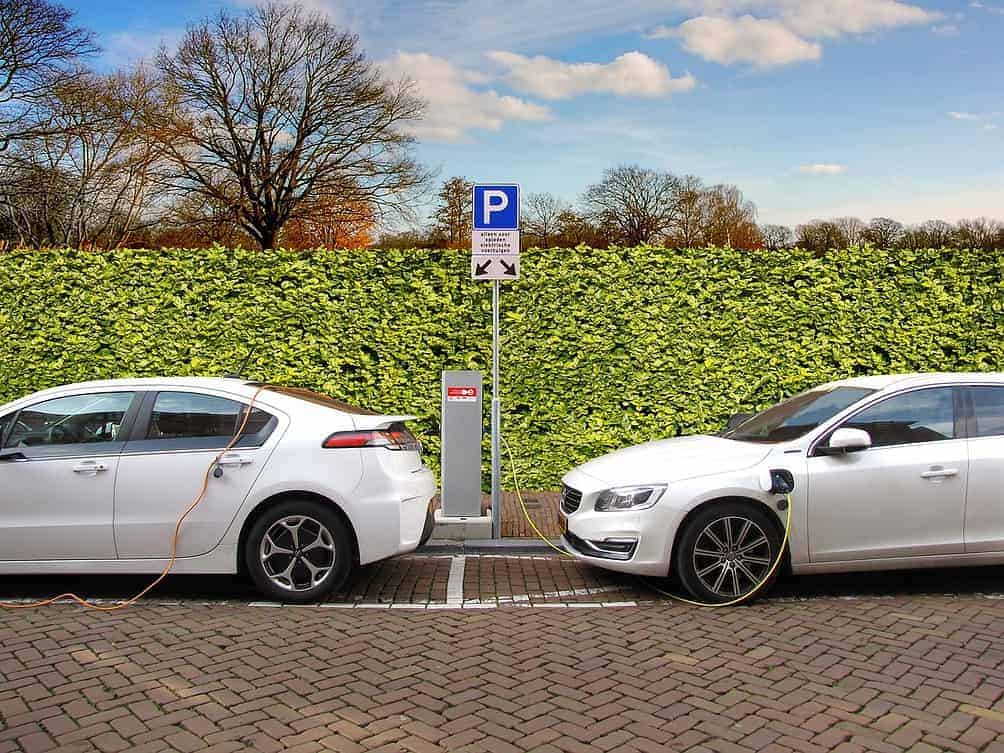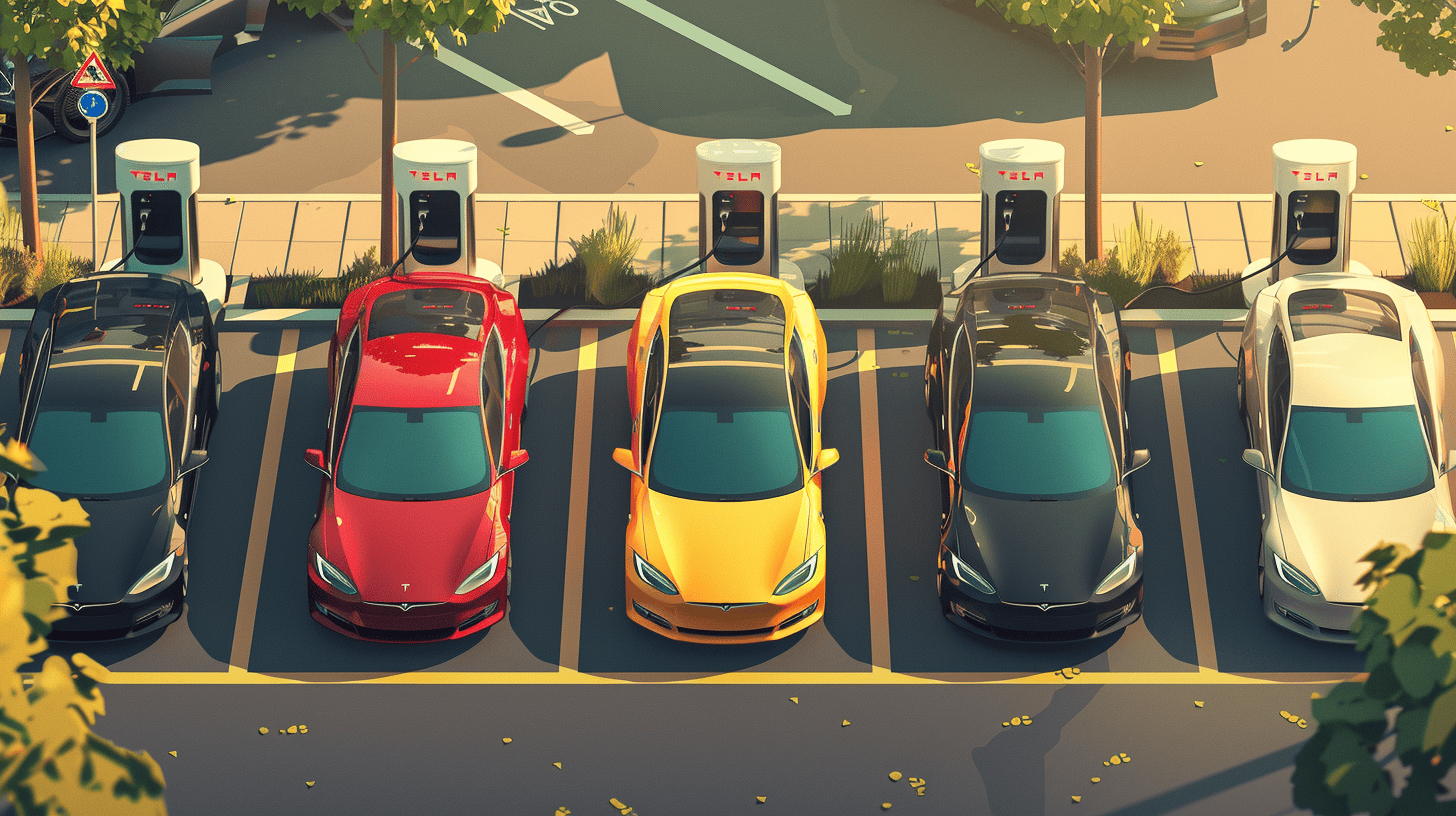
Researchers from knowledge centre ElaadNL signal a slow increase in electric cars until 2030, but after that a sharp rise will follow. By 2050, the Netherlands will be driving fully electric, according to the knowledge centre.
Why you need to know this:
The switch to an electric vehicle fleet is indispensable if the Netherlands is to meet its climate targets.
Between 2041 and 2049, it has to happen. After that, the Netherlands will have switched to electric driving. The road to an all-electric vehicle fleet goes with ups and downs. Until 2030, the increase in electric vehicles (EVs) is expected to be moderate. This is largely due to diminishing financial incentives and the limited supply of affordable electric models.
Nevertheless, a tipping point is in sight. From 2030, EVs are expected to enter Dutch roads at a significantly faster pace. Factors contributing to this include stricter European regulations and the expected drop in the cost of battery packs.

More charging points needed
The rise of the electric car means more than just a shift in the way we get around. The expected growth will lead to a significant increase in demand for electricity and charging infrastructure. It is projected that there will be around 10 million battery-electric cars by 2044, implying the need for around 4.3 million charging points.
It is therefore vital that the expansion of the charging network goes hand in hand with innovations that can optimise the load on the power grid.
Load profile analysis
To quantify the impact of electric cars on the electricity grid, known as the grid impact, charging profiles are also needed. A charging profile reflects the electricity and power demand per specific time interval during a year. ElaadNL’s researchers have therefore created charging profiles using millions of charging sessions and forecasts of future mobility and charging behaviour. By combining these forecasts and charging profiles, the grid impact of electric cars at both national and local levels can be analysed over time.








